Description
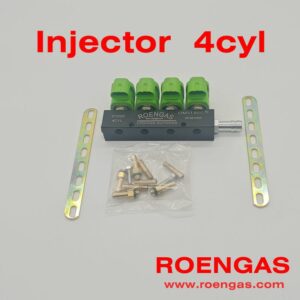
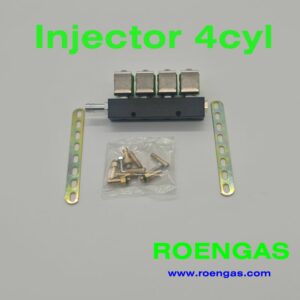
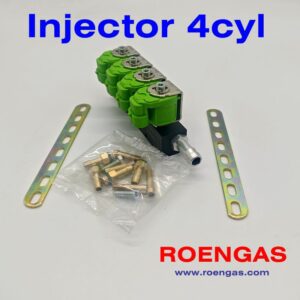
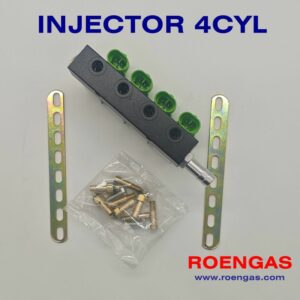
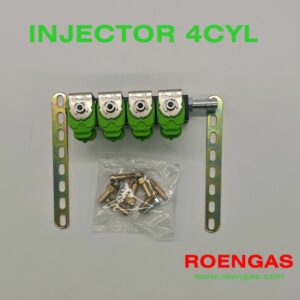

- Product Overview
As a core component of the fuel supply system, the LPG CNG injector undertakes the crucial task of accurately and efficiently injecting liquefied petroleum gas (LPG) and compressed natural gas (CNG) into the engine combustion chamber. Its precise structure and advanced technology ensure a stable and efficient combustion process of LPG CNG during engine operation, providing strong power support for the stable operation of the engine while reducing energy consumption and pollutant emissions.
- Working Principle
When the LPG CNG injector is in operation, it first receives the gas from the LPG CNG storage tank after decompression and pressure stabilization. Through a set of precise drive systems, according to the operating conditions of the equipment (such as engine speed, load signals, or real – time demand parameters of other gas – using equipment), it accurately controls the opening and closing time of the electromagnetic valve. When the valve opens, the gas is ejected from the special injection holes at a high speed under a certain pressure. The special design of the injection holes makes the gas disperse into a fine mist, quickly and evenly mix with the surrounding air to form a mixture that is easy to ignite and fully burn, meeting the precise requirements of the engine for fuel supply and improving combustion efficiency and engine performance.
III. Product Structure and Characteristics
(1) Precision Valve Body Assembly
The valve body is made of aluminum alloy profiles and undergoes CNC precision machining to ensure smooth internal flow channels and accurate dimensions. This guarantees the stability and consistency of the injection pressure. High – performance sealing materials are used at the key sealing parts of the valve body to effectively prevent gas leakage and ensure operational safety.
(2) High – Sensitivity Electromagnetic Drive Device
As the control core of the injector, the electromagnetic drive device has an extremely fast response speed. When it receives an electrical signal from the control system, it can drive the valve core to act in an extremely short time, accurately controlling the gas injection volume and intermittent time. The high – quality electromagnetic coil it uses has good electrical performance and thermal stability. Even under long – term continuous operation or in complex environments, it can operate stably, ensuring the reliability and accuracy of the injector’s operation.
(3) Injection Hole Design
The injection hole is a key part that determines the LPG CNG injection effect. The inner diameter of the joint hole needs to be reamed according to the engine displacement (for non – customized products, the factory – set hole diameter is 1.6mm).
- Installation Method
Pre – installation Preparation
Close the LPG CNG storage tank valve to ensure there is no pressure in the system. Clean the installation site to remove impurities, oil stains, etc., to prevent them from entering the injector and affecting its normal operation. Prepare the required installation tools, such as wrenches, screwdrivers, etc., and confirm that the injector model is compatible with the equipment.
Connect the Inlet Pipeline
Correctly connect the air inlet of the injector to the LPG CNG decompressor pipeline. Use appropriate sealing materials (such as gaskets, sealants) to ensure good sealing at the connection part and prevent gas leakage. Tighten the connection nuts with a wrench, paying attention to the appropriate force to avoid damaging the interface.
Electrical Connection
According to the equipment’s electrical wiring diagram, accurately connect the power and control lines of the injector’s electromagnetic drive device to the corresponding interfaces of the control system. Ensure that the wiring is firm to avoid loosening, short – circuits, etc. After the connection is completed, check the wiring route to avoid contact with heat sources, moving parts, etc., to prevent damage to the wires.
Fix the Injector
According to the equipment installation requirements, use the supporting installation brackets, bolts, etc., to firmly fix the injector in the designated position. Ensure that the injector is installed firmly so that it will not affect the injection effect due to vibration or displacement during equipment operation. After the installation is completed, check again whether all connection parts are tightened.
- Use and Debugging
Initial Start – up
Open the LPG CNG decompressor and observe whether there is any leakage at the injector and connection parts. If leakage is found, immediately close the decompressor valve and conduct troubleshooting and repair. After confirming no leakage, start the equipment control system to put the injector into operation.
Debugging Operation
According to the actual operating requirements of the equipment, fine – tune parameters such as the injection volume and injection time of the injector through the control system. During the debugging process, closely monitor the operating conditions of the equipment, such as engine power output, combustion flame state (for combustion equipment), etc., to achieve the best operating performance. After the debugging is completed, lock the relevant parameter settings to prevent accidental changes.
Daily Use
During the normal operation of the equipment, regularly check the working state of the injector, observe whether the injection effect is stable, and whether there are any abnormal conditions such as blockage or dripping. At the same time, pay attention to changes in equipment operating parameters. If a large deviation from the normal state is found, promptly check whether it is caused by an injector failure. Carry out necessary maintenance operations on the injector according to the equipment maintenance cycle.
Regular Cleaning
Clean the injector at regular intervals (it is recommended to clean it every 3 – 6 months according to the equipment usage frequency). Use special cleaning agents and tools to remove carbon deposits, oil stains, impurities, etc., from the surface, internal flow channels, and injection holes of the injector. During the cleaning process, be careful not to damage the precision components.
Check Seals
Each time the injector is cleaned, carefully check the seals at all sealing parts of the injector. If the seals show signs of aging, deformation, damage, etc., replace them with new ones in a timely manner to ensure good sealing performance of the injector and prevent LPG CNG leakage.
Electrical System Detection
Regularly (about every six months) detect the electrical performance of the injector’s electromagnetic drive device, including the resistance value of the electromagnetic coil and insulation performance. If the test results exceed the normal range, repair or replace the electromagnetic drive device in a timely manner to ensure the accuracy and reliability of the injector control.
Injection Hole Inspection and Unclogging
Regularly check whether the injection holes are blocked. This can be judged by observing the injection effect or using professional testing equipment. If the injection holes are blocked, use special tools to unclog them. If necessary, appropriately repair or replace the injection holes to ensure uniform and stable LPG CNG injection.
VII. Troubleshooting and Handling
Insufficient LPG injection volume
- The aperture of the gas outlet joint is too small. 2. The gas supply pressure is too low. 3. The electromagnetic drive device fails. 1. Enlarge the aperture. 2. Check the gas supply system and adjust the pressure to the normal range. 3. Test the electromagnetic drive device and repair or replace it. |
Uneven injection | 1. The injection holes are worn or damaged. 2. There is impurity accumulation in the internal flow channels. | 1. Repair or replace the injection holes. 2. Clean the internal flow channels. |
Unstable equipment operation (such as engine shaking)
1.The decompressor fails, resulting in insufficient gas supply. 2. The injection parameter settings are unreasonable.
- Comprehensively check the injector and repair or replace the faulty parts. 2. Re – debug the injection parameters. |
LPG CNGleakage |
- The seals are damaged. 2. The connection parts are loose.
- Replace the seals. 2. Tighten the connection parts.
VIII. Safety Precautions
Qualifications of Installation and Maintenance Personne
The installation, debugging, maintenance, and troubleshooting of the LPG CNG injector must be carried out by professionally trained personnel with relevant qualifications, strictly following safety operation procedures and technical standards.
Prohibition of Open Flames and Static Electricity
When working around the LPG CNG injector, open flames are strictly prohibited, and static electricity should be avoided. Before operation, release the body’s static electricity, such as by touching a grounded metal object. The work area should be well – ventilated to prevent the accumulation of LPG CNG and potential dangers.
Prevent Leakage
Regularly check the sealing performance of the injector and related pipelines. If leakage is found, deal with it in a timely manner. In case of a large amount of LPG CNG leakage, immediately close the storage tank valve, evacuate personnel, and prohibit the opening or closing of any electrical equipment.
Correct Use and Storage
The injector should be used within the specified working parameter range to avoid abnormal working conditions such as over – pressure and over – temperature.
### IX. Product Parameters
| Valve core opening and closing distance | 0.5 ± 0.02 |
|
| Coil resistance | 2 ± 0.02 Ω |
| Abandoned | 1.60mm (outlet joint hole (enlarged inner hole according to engine displacement) |
| GW | 0.65Kg |
| CTN | 50PCS |
Certification Standards:
Complies with international and domestic certification standards such as ISO [standard number], GB [standard number], CE, UL, etc.

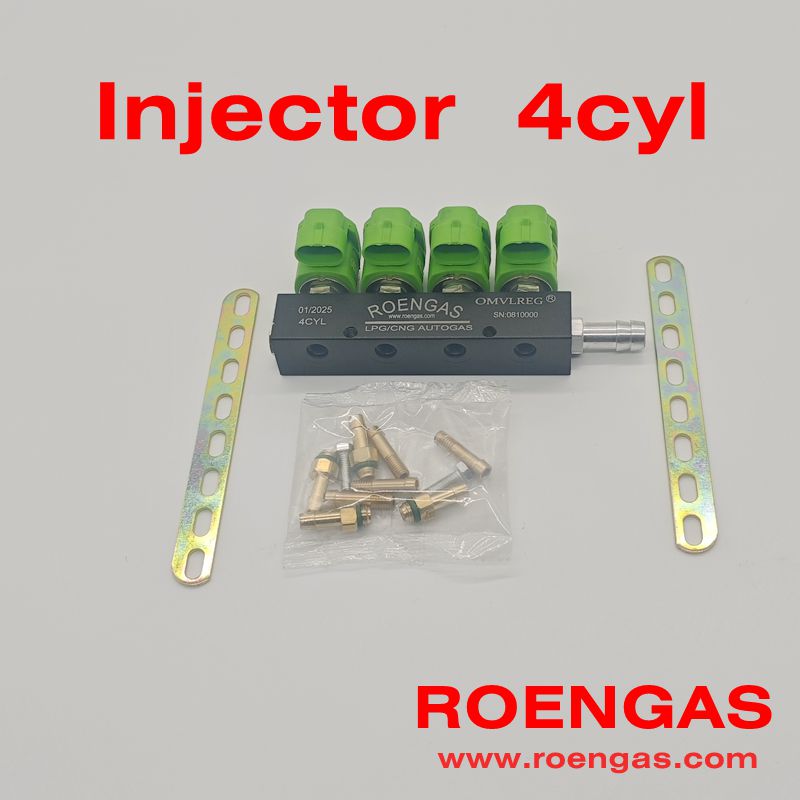
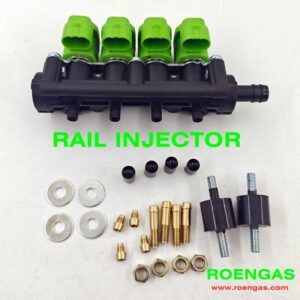
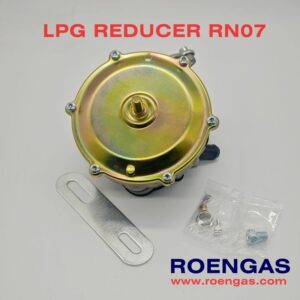
Reviews
There are no reviews yet.